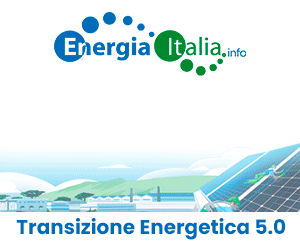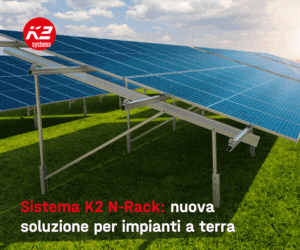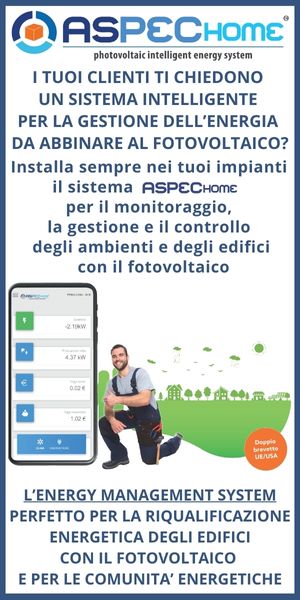How should the European Union Emissions Trading Scheme (EU ETS) be reformed? This market-based instrument is not proving to be effective because of the CO2 price free-fall. Among these causes there is an excess of allowances in the market. Since the beginning of primary market auctions, CO2 prices have been falling with historical low prices (around 3 euro/ton CO2). The CO2 prices have halved since the start of auctions in October.
Today’s Conference focused on the causes of these negative market trends as well as on the EU ETS revision, within the EU Climate and Energy package. The Conference “Reforming EU ETS: towards an Italian position” was organized by Kyoto Club, with the support of GSE, Italian public Company promoting renewables, energy efficiency.
European Commission presented the Carbon Market report with six structural measures for the EU ETS reform, last November 2012. The document is open to stakeholders for discussion till February 28 with the hope to put the reform in place before the summer. “Act as quickly as it is possible” was the leit motiv of the event. ETS will deliver results only with a strong and sustained CO2 price.
According to EU Commission, it is necessary to evaluate short-term as well as long-term measures. In the short-term, the so-called back-loading consisting in temporarily bank apart a part of the allowances to be auctioned (around 900 million tons of CO2) in the 2013-2015, in the first part of ETS phase 3 and finally to auction the same amount in the period 2019-2020. This could favor an upward pressure of CO2 prices in the short term. However, there is no a consensus over the back loading alone could help restoring a good functioning market in the mid-term
Sebastiano Serra, Head of the Technical Secretariat of the Minister of Environment, announced Friday Ministries’ Council charged of approving Italian Legislative Decree adapting Italian law to ETS Directive 29/2009/EC, regulating the third period ETS. He also stated Italian position on “back-loading”: back-loading of 900 million allowances could even be harmful unless the allowances could be used for new entrants’ reserve, in particular for those companies engaged in new technologies’ development”. He also added the importance of giving clarity to EU regulation and not changing rules in the run.
“The Climate Plan and the National Energy Strategy (SEN) will contribute at national level to a rationalization of instruments in line with national goals,” Sara Romano said, Director General for Energy of the Ministry for Economic Development and Chairman of the Italian ETS Competent Authority. “So far – she added – due to the EU structural Climate and Energy package, these measures are not harmonized creating a potential overlap between incentives for renewables and energy efficiency. At this moment, the priority is rationalization of policy instruments, support the EU ETS in short term and implementation of structural and harmonized reforms at Italian as well as at European level.”
According to Gianni Silvestrini, Scientific Director of Kyoto Club, “the back-loading alone will not be effective as it must be coupled by an increase of the emission reduction objectives for 2020 to 30%. It should be borne in mind that in the past several Italian companies had too many advantages from the EU ETS without achieving a real reduction of greenhouse gases emissions. Now we need a strong change, otherwise the EU ETS is meaningless.”
“Renewables, energy efficiency and emissions – Nando Pasquali said, President and CEO of GSE – require an integrated policy approach at national level. GSE, recently appointed as national auctioneer in charge of auctioning Italian emission allowances under the EU ETS, supports national Institutions with the aim of successfully achieving national objectives in the climate and energy field under the EU ETS reform for a post-2020.”
Tullio Fanelli, Under-Secretary of the Ministry of Environment, proposes a different and innovative system compared to EU ETS. This innovative system should associate the taxation of carbon incorporated in each good and commodity. Tracking CO2 content for a product would get consumers acknowledged about CO2 emitted for the production. This could be the base of new fiscal measures, he stated. For this last element, he draws a “carbon de-taxation”: the taxation of products according to their incorporated CO2 and a tax reduction for those goods that are produced with less quantity of CO2. An interesting approach although with a complex applicability at present.


































